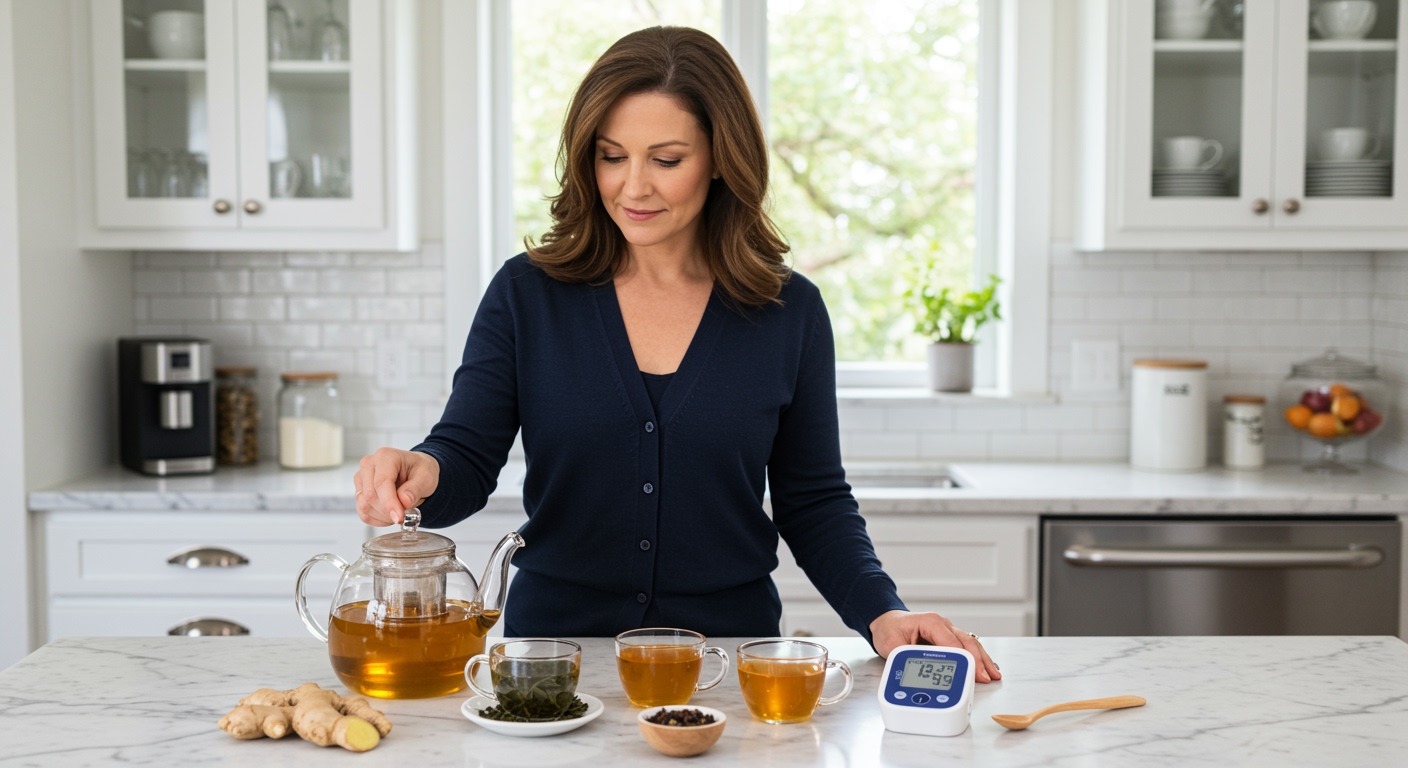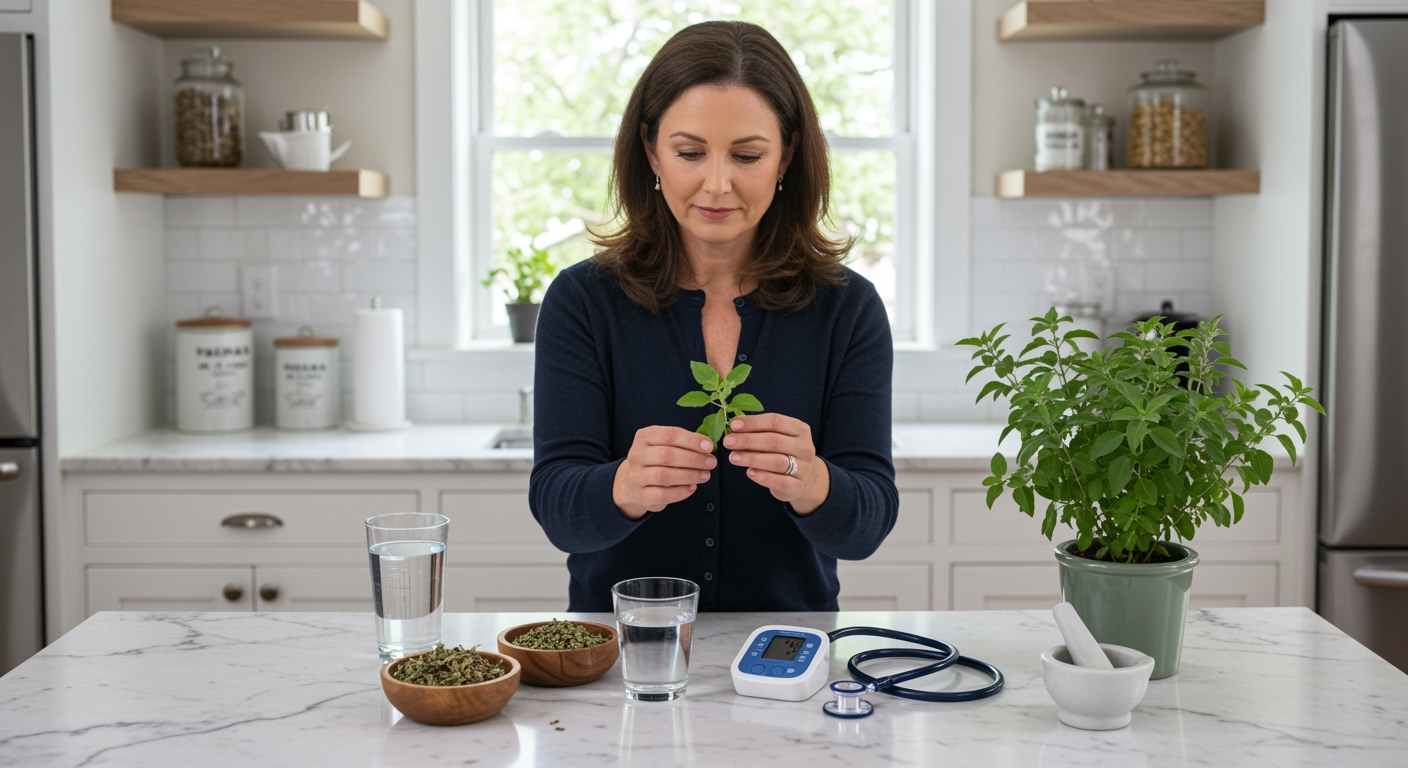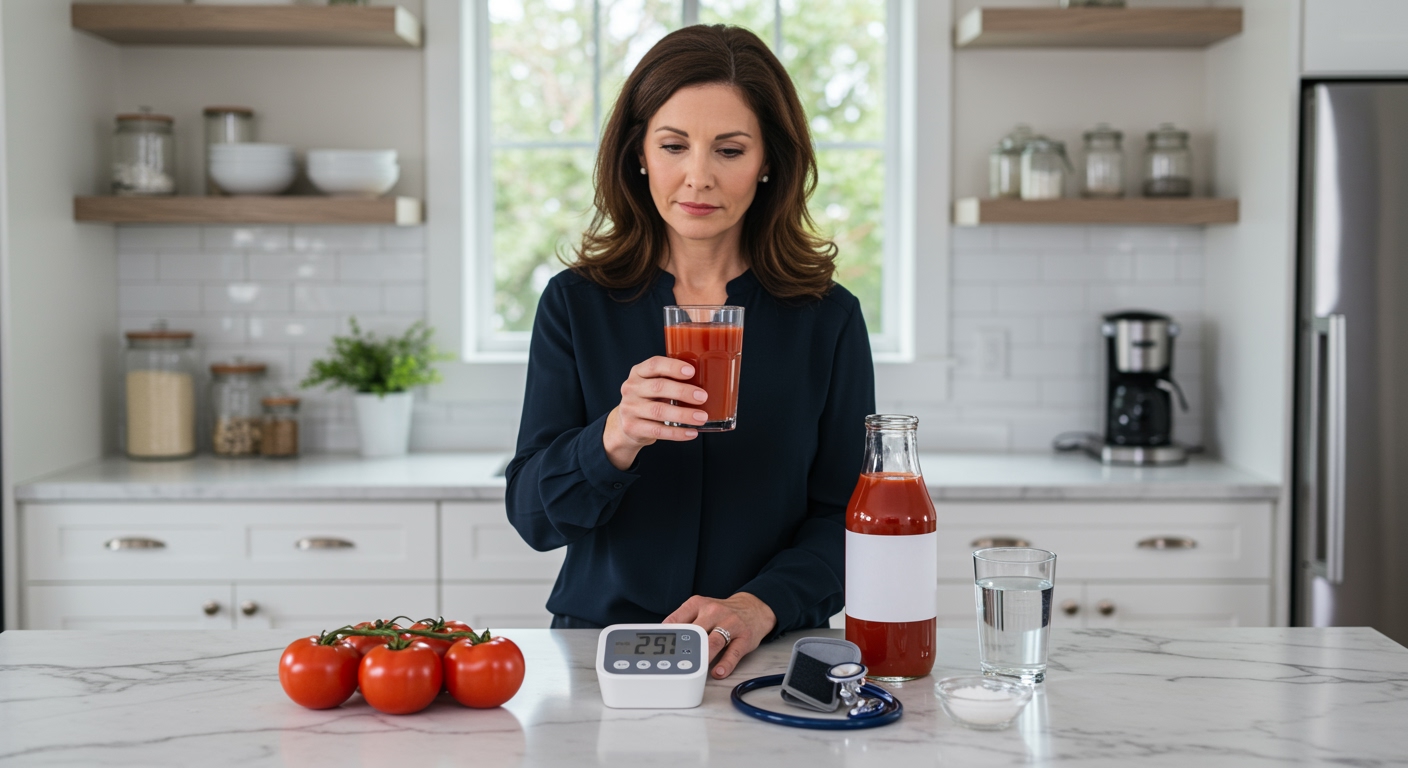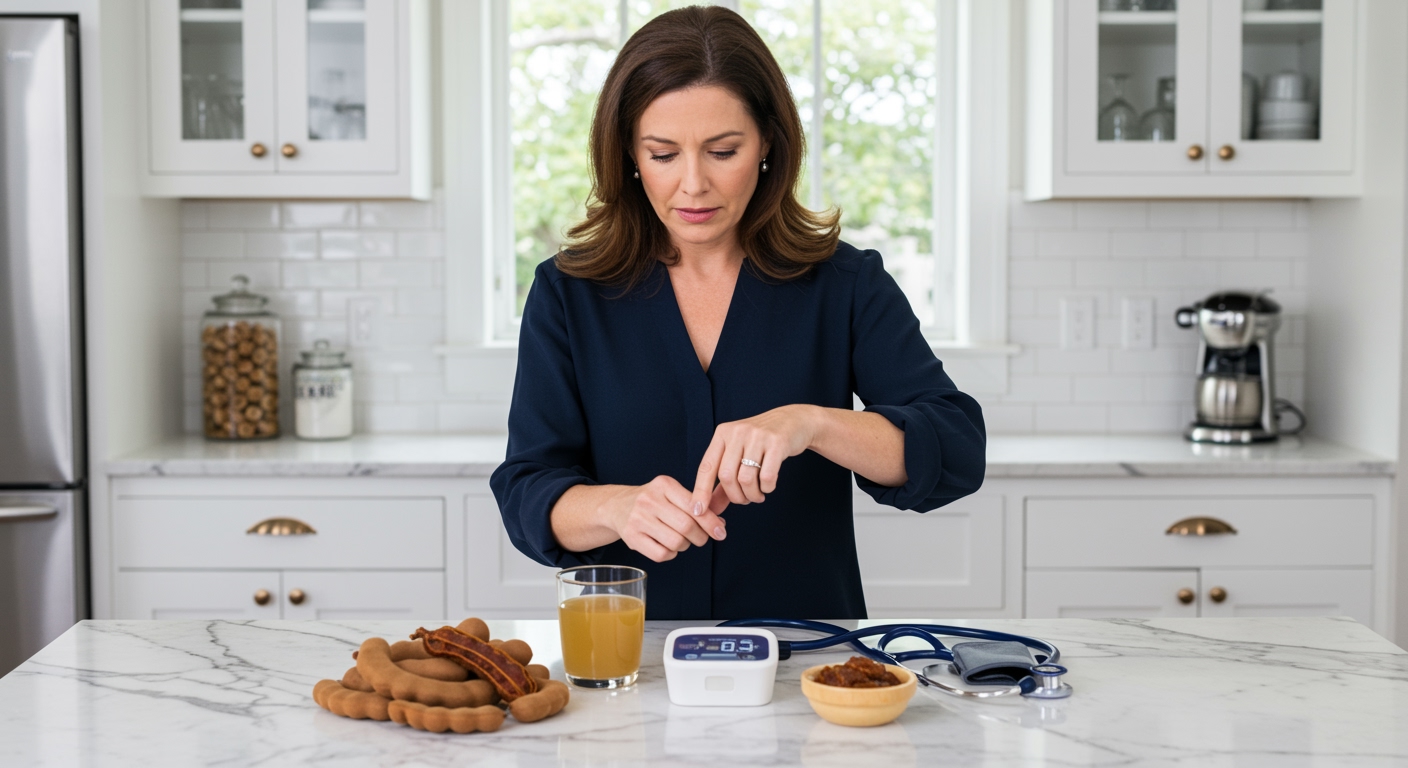✪ Key Takeaway: Tea can help raise low blood pressure naturally through caffeine content and specific compounds that support circulation.
Introduction
Your morning cup of tea might be doing more for your blood pressure than you realize.
Many people with low blood pressure wonder if their daily tea habit helps or hurts their condition. The confusion makes sense because most health advice focuses on lowering blood pressure, not raising it when it drops too low.
Hi, I’m Abdur, your nutrition coach and today I’m going to explain exactly how different types of tea affect low blood pressure and which ones work best for your specific needs.
How Does Tea Actually Affect Blood Pressure?
Tea contains caffeine and other bioactive compounds that directly influence your cardiovascular system.
When you drink caffeinated tea, the caffeine blocks adenosine receptors in your blood vessels. This action causes your blood vessels to constrict slightly, which increases blood pressure temporarily.
The effect typically lasts 3-4 hours after consumption. For people with low blood pressure, this temporary increase can bring readings closer to normal ranges.
Research shows that black tea consumption can increase systolic blood pressure by 10-15 mmHg within 30 minutes. This makes it particularly helpful for people experiencing hypotensive episodes.
Tea also contains flavonoids that support overall cardiovascular health. These compounds help improve blood vessel function and circulation over time.
The combination of immediate caffeine effects and long-term cardiovascular benefits makes tea a smart choice for managing low blood pressure naturally.
✪ Fact: Black tea contains 40-70mg of caffeine per cup, making it more effective than green tea for raising blood pressure.
Which Types of Tea Work Best for Low Blood Pressure?
Black tea stands out as the most effective option for people with low blood pressure.
Black tea undergoes full oxidation during processing, which concentrates its caffeine content. This higher caffeine level produces a more pronounced blood pressure increase compared to other tea varieties.
Green tea contains moderate caffeine levels and can help, but the effect is gentler than black tea. This makes green tea suitable for people who want mild blood pressure support without dramatic spikes.
White tea has the lowest caffeine content among true teas. While it offers health benefits, it provides minimal blood pressure elevation for people with hypotension.
Oolong tea falls between black and green tea in terms of caffeine content and blood pressure effects. It can be a good middle-ground option for daily consumption.
Herbal teas like chamomile, peppermint, and rooibos contain no caffeine. These teas may actually lower blood pressure slightly, making them unsuitable for people with hypotension.
✪ Pro Tip: Steep black tea for 3-5 minutes to extract maximum caffeine and blood pressure benefits.
When Should You Drink Tea for Maximum Blood Pressure Benefits?
Timing your tea consumption makes a significant difference in managing low blood pressure effectively.
Morning consumption works best because blood pressure naturally drops during sleep. Drinking black tea with breakfast helps counteract this morning dip and provides energy for the day ahead.
Avoid drinking tea late in the evening because caffeine can interfere with sleep quality. Poor sleep worsens low blood pressure symptoms the following day.
If you experience postprandial hypotension (blood pressure drops after meals), drinking tea 30 minutes before eating can help prevent this problem.
For people with chronic low blood pressure, spreading tea consumption throughout the day maintains more consistent blood pressure levels. Try having tea with breakfast, lunch, and an afternoon snack.
During hot weather, when blood pressure tends to drop due to vasodilation, increasing your tea intake can help maintain normal readings.
✪ Note: Stop tea consumption 6 hours before bedtime to avoid sleep disruption that worsens low blood pressure.
Are There Any Risks or Side Effects to Consider?
While tea generally helps low blood pressure, some people may experience unwanted side effects from increased caffeine intake.
Anxiety and jitteriness can occur if you consume too much caffeinated tea too quickly. Start with one cup per day and gradually increase as your body adapts.
People taking blood pressure medications should consult their doctor before significantly increasing tea consumption. The combination might cause blood pressure to rise too high.
Excessive tea consumption can lead to iron deficiency because tannins in tea interfere with iron absorption. Drink tea between meals rather than with iron-rich foods.
Some people develop caffeine tolerance over time, reducing the blood pressure benefits. Taking occasional caffeine breaks can help maintain effectiveness.
Pregnant women with low blood pressure should limit tea consumption to 1-2 cups daily to avoid excessive caffeine intake that might affect the developing baby.
✪ Pro Tip: Add a pinch of sea salt to your tea for extra sodium that further supports blood pressure elevation.
How Much Tea Should You Drink Daily for Low Blood Pressure?
The optimal amount of tea for managing low blood pressure depends on your individual tolerance and severity of hypotension.
Most people with low blood pressure benefit from 2-3 cups of black tea daily. This provides approximately 120-210mg of caffeine, which effectively raises blood pressure without causing adverse effects.
If you are new to caffeine or sensitive to stimulants, start with one cup daily and monitor your response. Gradually increase intake as your body adjusts.
People with severe hypotension may need up to 4 cups daily, but this should be done under medical supervision to avoid overcorrection.
Combine tea consumption with other natural blood pressure support strategies like increasing salt intake, staying hydrated, and wearing compression stockings for maximum benefit.
Track your blood pressure readings before and after implementing regular tea consumption to measure effectiveness and adjust intake accordingly.
✪ Fact: The blood pressure raising effect of tea peaks 30-60 minutes after consumption and lasts 3-4 hours.
The Bottom Line
Tea, particularly black tea, can be an effective natural tool for managing low blood pressure through its caffeine content and cardiovascular benefits.
Small daily habits like drinking tea create lasting health improvements when applied consistently over time. The key lies in choosing the right type of tea, timing your consumption properly, and monitoring your body’s response to find the optimal approach for your specific needs.
I would love to hear about your experience with tea and blood pressure management. Have you noticed changes in your blood pressure readings after adjusting your tea consumption? Share your thoughts and questions in the comments below.
References
At NutritionCrown, we use quality and credible sources to ensure our content is accurate and trustworthy. Below are the sources referenced in creating this article:
- University of Utah Healthcare: Brew for Your Heart: Tea Helps Lower Blood Pressure
- Healthline: Tea to Lower Blood Pressure
- PMC: Tea and Blood Pressure Research
- Medical News Today: Research Reveals How Tea May Lower Blood Pressure





